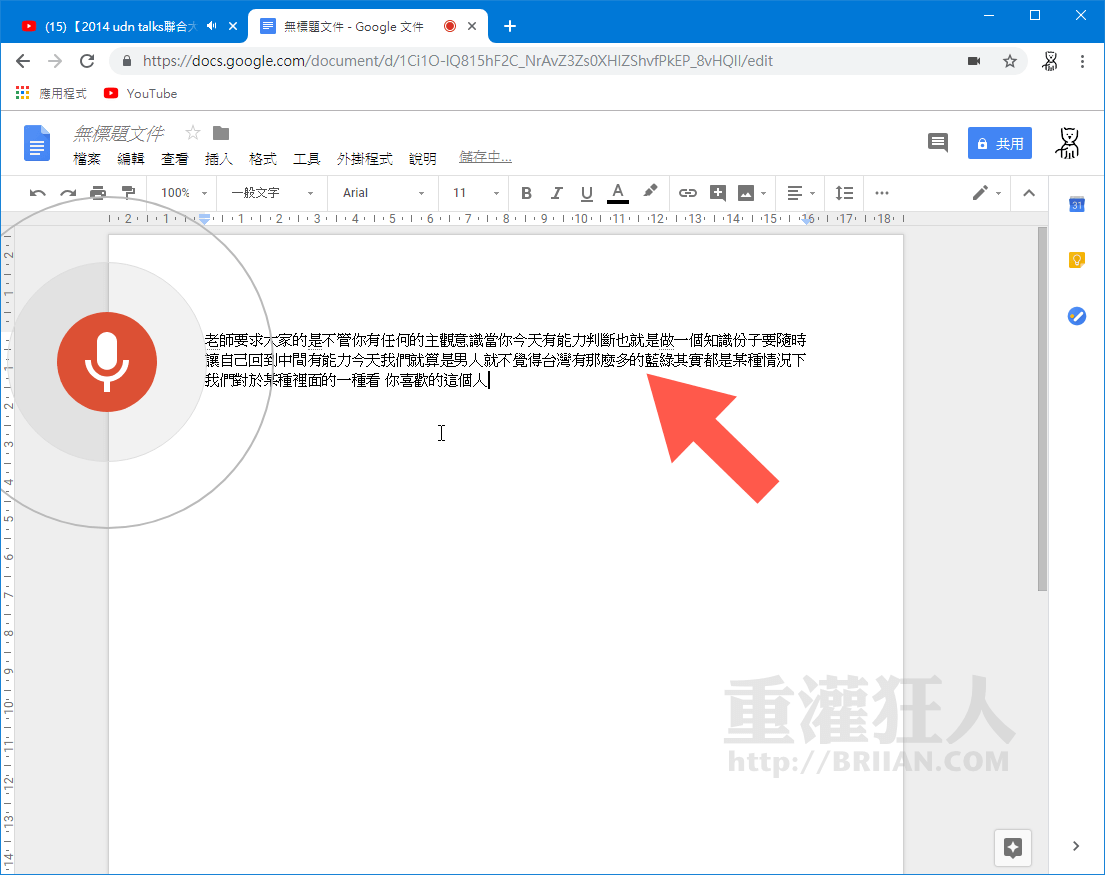Virtual Audio Cable Youtube
4.60/ Oct 12, 2018Written inC727Available inEnglishAudio softwareWebsiteVirtual Audio Cable is a software product based on multimedia driver that allows a user to transfer from one application to another. Any application is able to send an audio stream to the input side of a 'virtual cable' while a corresponding application can receive this stream from the output side. Since all transfers are made digitally, there is no loss in sound quality. VAC is the audio equivalent of a such as or Hubi, and can be used instead of features of.If more than one application is sending audio through an output virtual cable, VAC is able to mix all of the streams together or create separate corresponding virtual input cables. Similarly, more than one application is able to receive audio from an input cable, whether it's sharing the same audio data with another target or receiving its own personal audio stream.
VAC is useful for recording an application's audio output in almost real time or transferring a sound stream to another application so it may process it. A person could use two or more software audio generators, synthesizers or sequencers to produce audio streams and send them to a VAC output cable and record the mixed stream from the VAC input cable using any type of recording software.Because VAC routes audio streams in almost, it is able to be utilized in various manners. A person is capable of using VAC to record an output audio stream from an application that normally does not allow saving the audio to files. Practically, the input port records the audio signal (from a music player, for example) and sends it to the destination program (such as a sound processor or analyzer) using the output port. A user could also manipulate VAC into recording conversations through (VoIP) or Internet telephony applications such as (for example, with ), produce live audio podcasts, redirect audio channels to multiple monitors, or even decode weather faxes.
Best Virtual Audio Cable


Features. Windows XP/2003/Vista/7/8/8.1/10 platforms (32-Bit and 64-Bit). Native / audio technology. Up 256 Virtual Cables (Windows limits the number of devices to 32). 1.20 milliseconds per timer event (formerly interrupt). 1.100 pin instances.
Supports almost any of fixed point (Floating point formats are not supported). Low sound latency with maximal interrupt frequency (1000, 1 ms period).
Unlimited number of clients connected to each port. RT Audio (WaveRT) protocol support with notification events, packet mode, clock and position registers.
Clock registers are bound to Virtual Cables so all streams in each cable are coherent. Signal mixing between output port clients. PCM format conversion. Volume control features. Channel scattering/gathering mode. Control Panel application to dynamically configure cablesReferences.
Steven Helstrip (May 1999). Personal Computer World (PCW) (05): 269. Retrieved 2018-10-13., software-dungeon.co.uk. Retrieved August 2011 December 19, 2008, at the. Tobias Hauser, Christian Wenz (2003). 'DRM Under Attack: Weaknesses in Existing Systems'. Lecture Notes in Computer Science.
P. 214. Softpedia. Retrieved 2018-10-13. Lingfen Sun, Is-Haka Mkwawa, Emmanuel Jammeh, Emmanuel Ifeachor (2013). Virtual Audio Cable injection tool'. CS1 maint: uses authors parameter. Ryo Yoshida, Michiaki Yasumura (July 9–11, 2008).
In Klaus Miesenberger, Joachim Klaus, Wolfgang Zagler, Arthur Karshmer (eds.). Computers Helping People with Special Needs.
Linz, Austria:. CS1 maint: uses authors parameter CS1 maint: uses editors parameter CS1 maint: date format. Michael Gough (2005). Software Add-ons for Skype'. Retrieved 2018-10-13. Retrieved 2018-10-13.
Retrieved 2018-10-13. HF Radio Review. Retrieved 2018-10-13.External links. that runs on various operating systems.